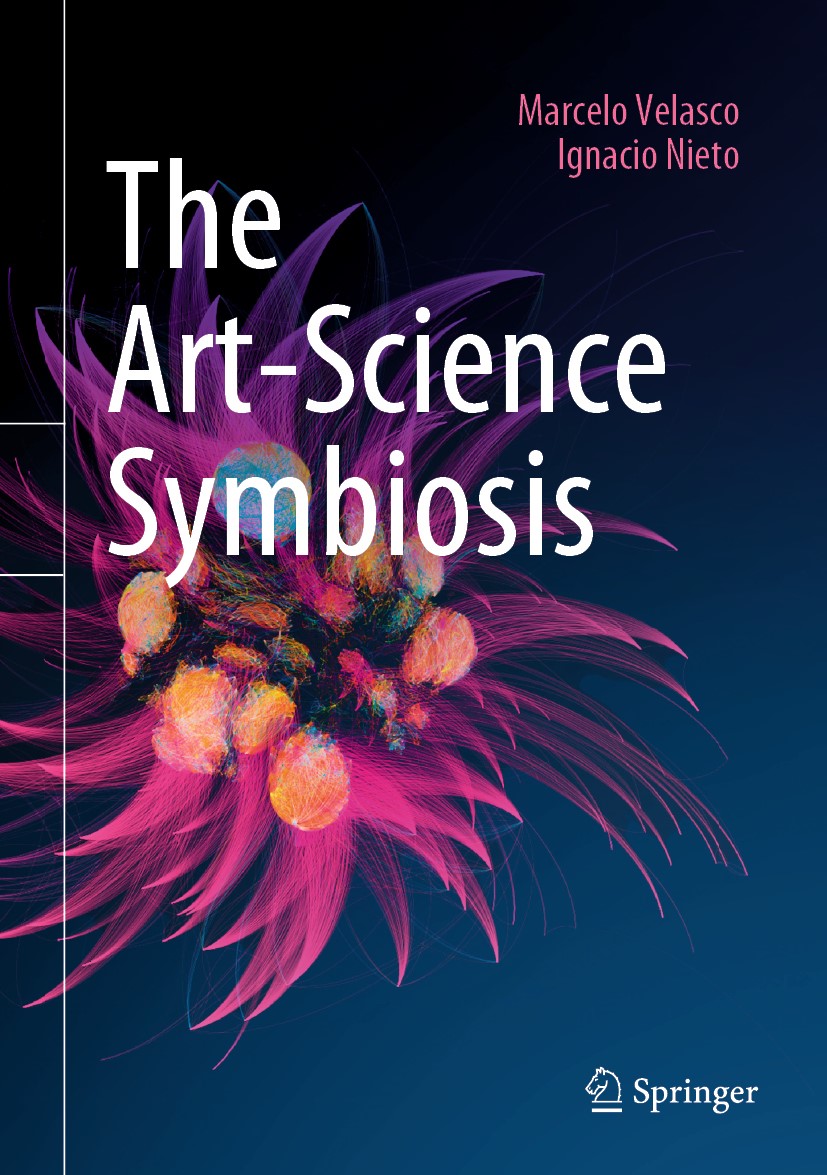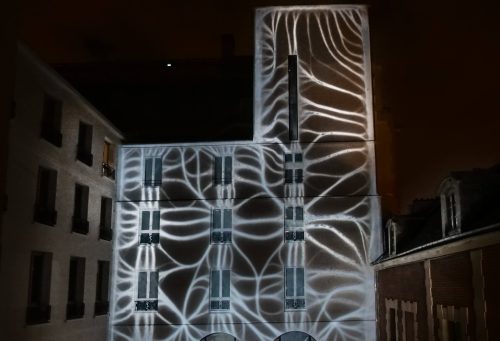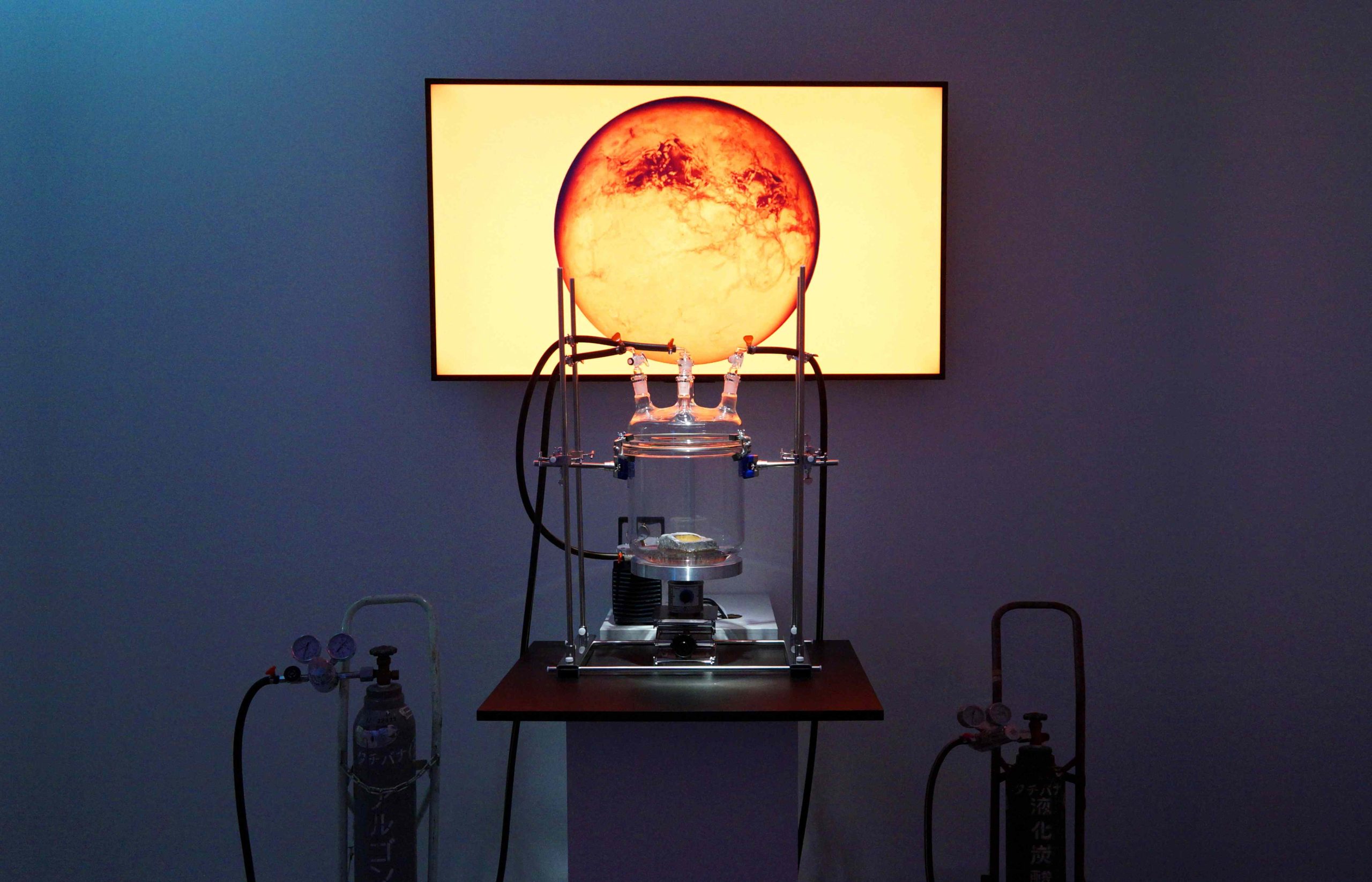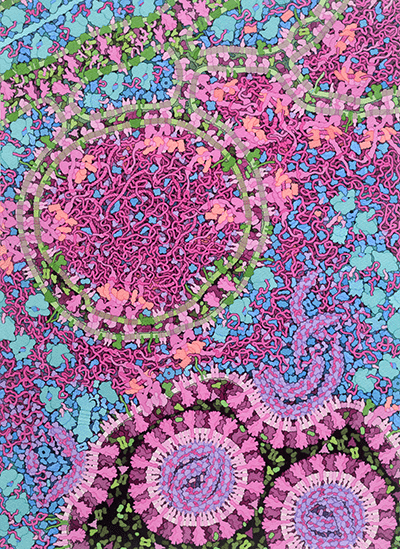What can contemporary art contribute to science?
Posted by Marcelo Velasco, on 20 May 2025
The Art-Science Symbiosis. Marcelo Velasco – Ignacio Nieto. Springer Nature. 2024.

The increasing influence of science on contemporary art (often referred to as art-science) prompted us to explore a central working question: could contemporary art, in turn, significantly influence scientific activity?
We observed that contemporary art possessed distinctive attributes, absent in more traditional artistic forms, that enabled it to interact fruitfully with the creativity inherent in the scientific process. Our own dual background –Velasco is a Biologist, Nieto a PhD in Aesthetics– provides us with an informed perspective in both fields, and places us in a relatively comfortable position to analyze the inherent strengths and weaknesses of both.
This interest culminated in the publication of a book by the prominent scientific publisher Springer-Verlag, which inevitably leans the work towards a scientific audience. However, precisely because of this orientation, we anticipate that the book will also pique the curiosity of artists and the general public interested in interdisciplinarity. Throughout our research, we discovered notable examples of practicing scientists who have produced significant artistic works, including Manuel Théry (France. PhD. Cytomorpholab Research director @ CEA, EMBO Member); David Goodsell (USA. PhD in DNA X-ray crystallography, illustrator and Professor of Computational Biology at the Scripps Research Institute and a Research Professor at Rutgers University); Jimena Royo-Letelier (Chile. Artist and researcher, PhD in applied mathematics at Université de Versailles Saint-Quentin-en-Yvelines; and François-Joseph Lapointe (Canada. Artist and scientist at the University of Montreal. PhD in evolutionary biology (1992) and a PhD in dance and performance), among many others.
In our approach, we made a conscious effort to avoid the commonplaces that often accompany these discussions. We aimed to integrate theoretical elements to better understand the broad scope of the practice; a curatorial process (reasoned selection) of artworks; relevant historical references; and qualitative research through interviews with the unique artist-scientists included. The curatorial process involved an exhaustive review of the vast art-science-technology landscape, selecting those works that we considered of particular interest to both the scientific and artistic communities.
We are confident that the publication of this book represents a valuable opportunity for establishing collaborative networks, through other platforms for dissemination and debate. The trust placed in our work by Springer allowed us to receive an enthusiastic response from the artist-scientists participating in the project, all developed from Santiago, Chile, and without external funding.
We hope that this exploration will contribute to fostering a deeper dialogue and reveal the symbiotic potential between the analytical rigor of science and the evocative and conceptual capacity of contemporary art.
Find front matters here:
https://link.springer.com/content/pdf/bfm:978-3-031-47404-0/1





 (No Ratings Yet)
(No Ratings Yet)